JF Ptak Science Books Quick Post
In his long and vastly productive scientific life, Ernst Haeckel (1834-1919 ) produced this extraordinary work, Kunstformen der Natur, over a five year period from 1899 to 1904, a set of 100 images being published in 1904 (though a result of a long lifetime of work). Haeckel was a busy man working over a number of specialties, writing more than 40 books and a large number of contributions to scientific publication. He is perhaps best remembered early on in his career for a popular defense of Darwinism, writing Natürliche Schöpfungsgeschichte, (1868, nine years after the publication of the Origin, and translated into English as The History of Creation in 1876) which was a successful attempt to get Darwin's complex ideas into public discussion. But all I want to do here is to surface his Kunstformen, which evidently served as a sort of wish-book for the imagination among many modern artists.
And so to the examples:
The phaeodaria:
and another example of phaeodaria:
The Lichenes:
And the Stephoidea
And the ascidiae:
And some of the rest, which included all manner of other living things, big and small. The micrscopic organisms (and black-and-white) to me are the most fantastic, though the renderings of jsut about everyhting in the work are superb, and their placement, the design of each plate, is just magnificent.
For a collection of excellent 300 dpi scans see here: Kurt Stüber's Biolib. The following images are located here.
-
Sea anemone (Actiniae)
-
Anthomedusa (Anthomedusae)
-
Antelope (Antilopina)
-
Arachnid (Arachnida)
-
Ascidian (Ascidiae)
-
Frog (Batrachia)
-
Turtle (Chelonia)
-
Ciliate (Ciliata)
-
Annelid (Chaetopoda)
-
Bat (Chiroptera)
-
Conifer (Coniferae)
-
Copepod (Copepoda)
-
Box jellyfish (Cubomedusae)
-
Decapods (Decapoda)
-
Cephalopod (Gamochonia)
-
Fern (Filicinae)
-
Lizard (Lacertilia)
-
Moss (Muscinae)
-
Nepenthe (Nepenthaceae)
-
Nudibranch (Nudibranchia)
-
Trachylina (Narcomedusae)
-
Orchid (Orchidae)
-
Boxfish (Ostraciontes)
-
Prosobranchia (obsolete classification)
-
Polycystine (Spumellaria)
-
Radiolarian (Stephoidea)
-
Moth (Tineida)
-
Hummingbird (Trochilidae)
-
Tubularia (Tubulariae)



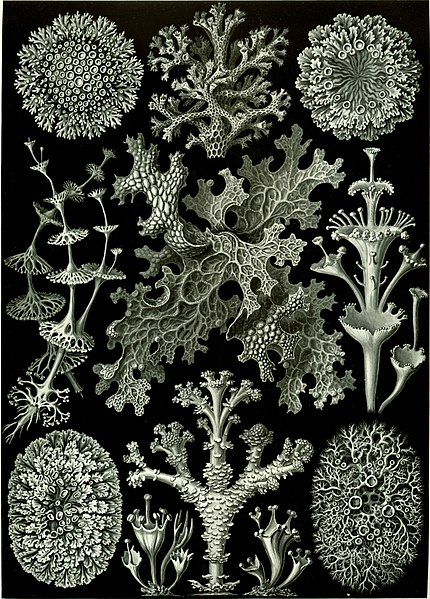
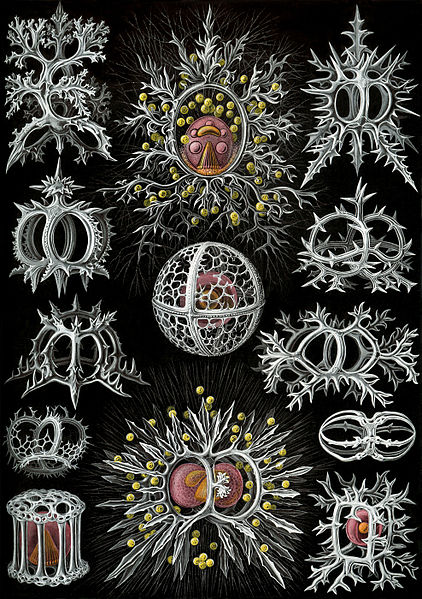





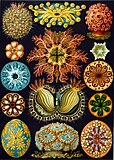




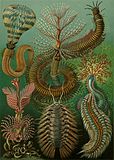
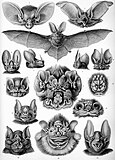












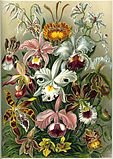









Comments